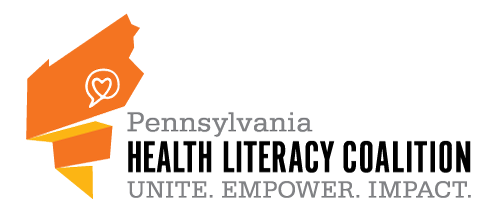One of the most commonly asked questions at health literacy training sessions is, “How can I tell if my patient has low health literacy?” The question of assessing health literacy, at the individual or population level, is often discussed on message boards and at conferences. While this inquiry typically comes with the best intentions—to identify patients who may struggle, and provide them the support they need—the idea of assessing patients’ health literacy raises concerns about harm, shame, and equity. I witnessed these issues firsthand in a clinical setting, and what I learned led me to become a proponent of the universal precautions approach to meeting health literacy needs.
The implementation of validated assessment tools that efficiently and accurately measure health literacy skills, and identify associated sociodemographic risk factors, is often undertaken in support of efforts to improve health care and outcomes. Screening tools use different methods for assessment, such as reading a nutrition label, rating confidence with specific health information-related tasks, or asking patients to read common medical words or lay terms related to anatomy or illness. Regardless of the tool, the potential for patients to feel guilt or shame about being “tested” is still high.
In my experience, I recognized signs of confusion and discomfort in patients who were given an assessment with no follow up information. Staff performed the assessment, documented in the patient’s chart that they completed it, and continued with the visit. I asked, “What does the staff do if a patient does not know any of the words or less than half of the words on the list?” Unfortunately, there was not an answer to my question. In this case, harm resulted from both the screening and from the lack of necessary follow through in meeting patient health literacy needs.
Instead of assessing an individual’s health literacy, the Agency for Healthcare Research and Quality (AHRQ) recommends using a universal precautions approach to health literacy. This approach assumes that all patients may have difficulty comprehending health information and accessing health services. These universal precautions are aimed at simplifying communication and confirming comprehension for all patients. Universal precautions minimize the risk of miscommunication, make the office environment and health care system easier to navigate, and support patients’ efforts to improve their health.
Through my work with the Pennsylvania Health Literacy Coalition (PAHLC), I have had the opportunity to work with healthcare organizations to develop programs and strategies to improve health outcomes by enhancing health literacy. These include developing a quick reference guide and organizational assessment based on the “10 Attributes of Health Literate Health Care Organizations,” a printed guide with information for teens on preparing to address their healthcare independently, and conducting ongoing health literacy trainings for staff at healthcare organizations. I have seen firsthand the effectiveness of the universal precautions approach and other health literacy best practices, not just within hospitals and healthcare facilities, but in one-on-one interactions with clients and patients.
Hillary Holes, CHES, is Director of Health Equity at Healthcare Council of Western Pennsylvania. She has served as a PAHLC team member since 2017. You can reach Hillary at Hillary.holes@hcwp.org.
